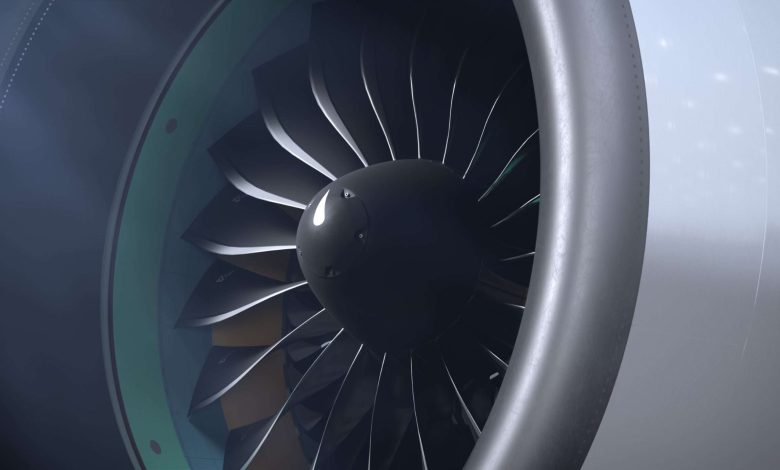
“Revolutionizing Aerospace: RTX’s Pratt & Whitney Introduces GTF Hot Section Plus”
Pratt & Whitney, a division of RTX, is introducing Hot Section Plus (HS+), a superior enhancement for the PW1100G-JM engine that powers the Airbus A320neo family of aircraft. Derived from the Pratt & Whitney GTF Advantage™ engine, which guarantees twice the operational lifespan compared to the current Pratt & Whitney GTF™ engine, HS+ aims to provide 90 to 95% of the durability benefits linked to the GTF Advantage.
“HS+ integrates the durability upgrades of the GTF Advantage hot section into the present GTF engine,” expressed Nick Tomassetti, vice president of Sales & Marketing at Pratt & Whitney. “Customers employing the existing GTF engine model will have the opportunity to nearly double their operational time.”
HS+ consists of approximately 35 part numbers and will be installed during servicing periods. This option will be made available for clients, with installations set to begin in 2026. GTF engines outfitted with HS+ will be entirely interchangeable and compatible with both the current GTF and GTF Advantage engine models, bolstering operational efficiency across a varied fleet.
The GTF Advantage showcases cutting-edge improvements in the hot section within the single-aisle category. The high-pressure turbine (HPT) features enhancements in airfoil design combined with superior coatings. The HPT and combustor also incorporate optimized cooling hole dimensions, shapes, and locations, utilizing advanced drilling techniques to reduce oxidation.
The GTF engine is recognized as the most fuel-efficient choice for single-aisle aircraft, achieving up to 20% enhanced fuel efficiency compared to earlier engine generations, resulting in significant cost savings for operators.










